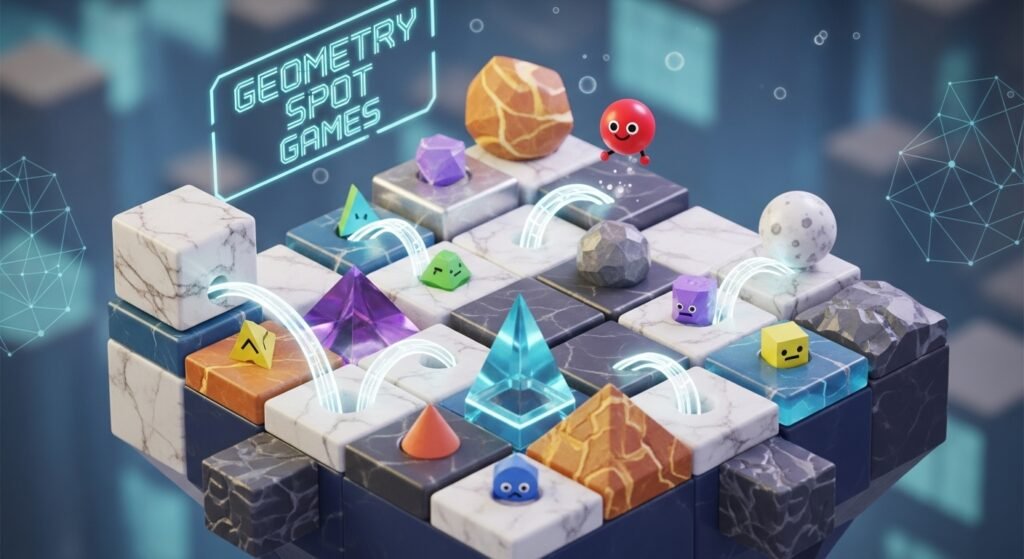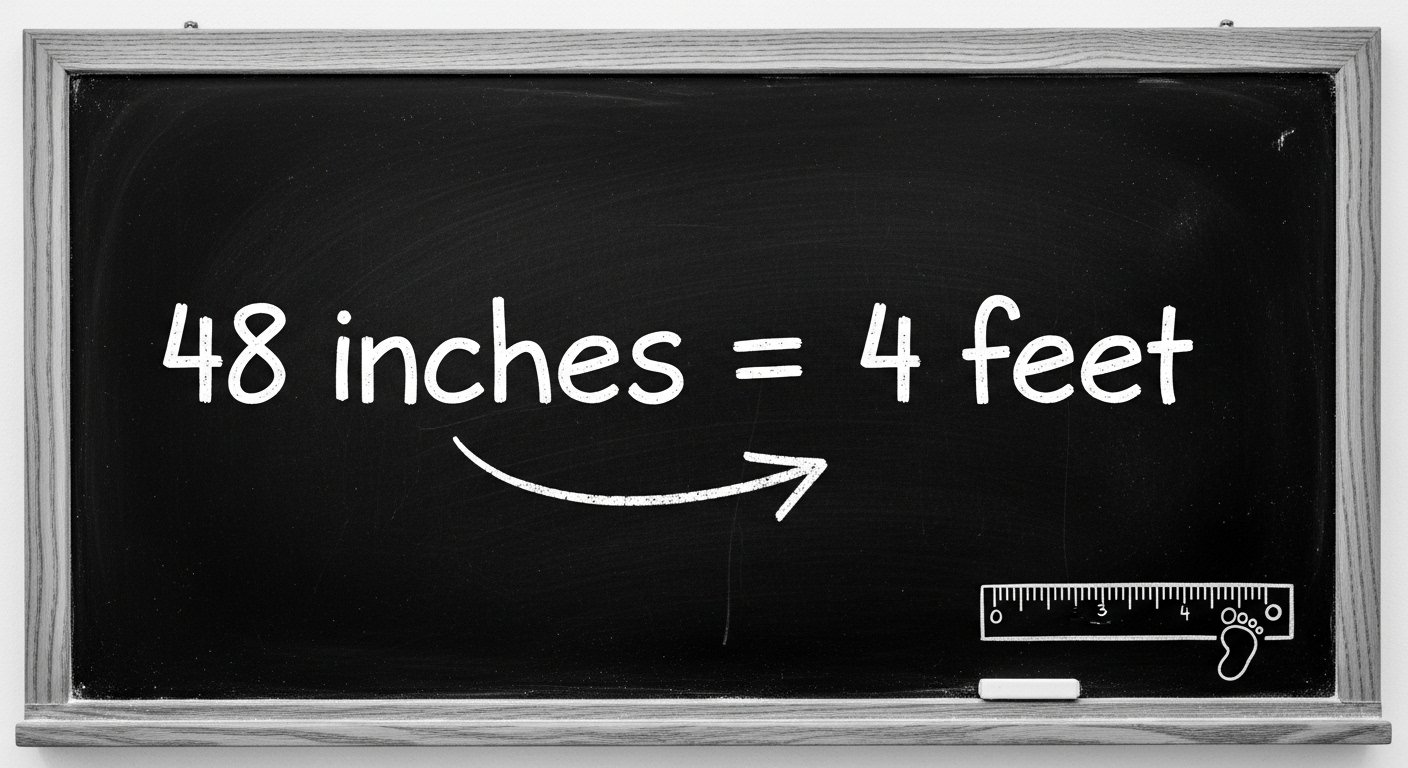Table of Contents
Introduction
Math can be tricky for many people, but what if it didn’t have to be? That’s where geometry spot games come in. These games make learning shapes, angles, and spatial skills fun, easy, and interactive. Instead of just drawing triangles on paper, students play with them in colorful, exciting ways.
Geometry spot games are especially good for children, helping them explore the world of math through play. Whether you’re a parent looking to support homework time or a teacher trying to bring energy into your classroom, these games offer something amazing—younger students actually want to learn geometry.
In this article, we’ll talk about what geometry spot games are, how they help, and which ones you should try. We’ll look at how to use them in classrooms and at home. We’ll even go into top features, tips, and some cool FAQs to boost confidence and creativity in math. Let’s dive in and explore how these little games can make a big difference.
What Exactly Are Geometry Spot Games?
Geometry spot games are fun, education-based games designed to help learners understand shapes, angles, lines, patterns, and spatial reasoning. They’re usually digital but can also be played offline with printed puzzles or group activities. Most of them are interactive and colorful, which makes math feel more like a game and less like homework.
Players get to explore shapes, match angles, solve geometry puzzles, and sometimes even go on timed missions where they “spot” figures in creative scenes. These games can be used on tablets, phones, computers, or smartboards. They’re great for schools, homeschool settings, or just a bit of extra practice at home.
The main goal is simple: build strong geometry skills while having fun. Games keep things exciting so students learn without even realizing it.
How Geometry Spot Games Help with Learning
So, how do geometry spot games actually help you get better at math? The answer is through doing. Instead of sitting and reading about shapes, players explore them by solving puzzles, dragging pieces, rotating angles, or even drawing lines. This hands-on style of learning makes geometry easier to understand.
These games also help learners:
- Recognize 2D and 3D shapes quickly
- Learn the names and properties of different figures
- Understand symmetry and congruence
- Practice measuring angles
- Improve spatial thinking through rotating and flipping shapes
When students succeed in a game, they feel proud and more excited to learn. This emotional boost helps build a lasting love for learning, especially when it comes to math.
Why Kids Love Geometry Spot Games
Let’s be honest: most kids don’t run around saying “I love geometry!” But when they play geometry spot games, everything changes. These games are built like digital puzzles or challenges, with bright colors, funky music, and cool animations.
There’s nothing boring or slow. Kids get instant feedback. If they’re right, they’re rewarded! If they’re wrong, they get a chance to try again. Some games even include fun characters that cheer you on or levels you can unlock by doing well. The more you play, the more you learn—and the more fun you have. That’s a win-win.
And because these games are usually short, kids don’t get overwhelmed. They can play for five minutes and still learn something new.
Top Geometry Spot Games to Try
If you’re thinking about where to start, don’t worry—we have some great suggestions. Here are popular and highly rated geometry spot games that parents, teachers, and kids love:
- Shape Slicer – Cut shapes into equal parts, explore symmetry, and find hidden patterns.
- Angle Master – Move protractors, measure angles, and solve “angle spotting” puzzles.
- GeoWorld Explorer – Travel through different lands where each mission asks you to spot geometric figures hidden in cool backgrounds.
- Polygon Puzzle Quest – Build complex shapes using basic triangles and quadrilaterals.
- Spot the Shape Challenge – Timed games where kids search for certain shapes in fun scenes like jungles or space adventures.
These games work on browsers or tablets and often include levels for all grade groups, which makes them perfect for everyone.
Using Geometry Spot Games in Classrooms
Teachers know how tricky it can be to get students excited about math. That’s where geometry spot games help. Teachers can project games on a smartboard or assign them on laptops or tablets. You can use them as part of a math center, bell-ringer activity, or as review before a test.
Some teachers give points or badges for challenges completed. Others let students play games after finishing worksheets, which turns review time into reward time. The big bonus? Kids stay focused and learn faster.
Geometry spot games also make it easier to differentiate instruction. Advanced students can skip ahead, while others can repeat early levels without feeling embarrassed.
Best Geometry Spot Games for Homeschooling

Homeschool parents love geometry spot games because they’re kid-friendly and self-guided. It’s like adding a silent helper to your lesson plan. Whether it’s game-based learning for one child or a group of mixed ages, these games fit every family’s rhythm.
Try using the games during “math time” or as an educational break between textbook lessons. Some parents even build entire weekly units around certain shapes or geometry topics, plugging in games as the interactive piece.
Popular options that work great at home include:
- Khan Academy Geometry (with built-in games and tasks)
- Cool Math Games Geometry Spot Series
- Prodigy Math (with shape-spotting levels)
Since most of these don’t require grading on your part, you can enjoy watching your child play, explore, and learn automatically.
How Geometry Spot Games Build Real Life Skills
You might be thinking, “Okay, these games are fun—but do they actually help in real life?” The answer is yes. Geometry spot games teach critical thinking, visual processing, timing, and memory.
Understanding shapes and space helps with:
- Reading maps
- Doing crafts like origami or building models
- Planning furniture layouts
- Learning design and animation software
- Building Legos and solving puzzles
- Studying science, technology, and engineering skills
Even careers in video game design or architecture require geometry. So, every time a kid plays a shape game, they’re growing skills that can help for years down the road.
Features to Look for in Geometry Spot Games
Not all geometry spot games are created equally. Some focus on speed, while others build deeper understanding. When picking a game for your child or classroom, keep these features in mind:
- Levels or difficulty settings to match the learner’s skill
- Voice and text instructions to support reading levels
- Visual cues like highlighting shapes or angles
- Multiple correct answers to allow flexible thinking
- Scoring badges or feedback to keep motivation high
- Colorblind-friendly color choices in design
- No heavy ads or unsafe content interrupts the learning
Games that reward effort keep kids more engaged than games that punish mistakes. Look for positive messages and playful learning.
Tips for Parents and Teachers Using Geometry Spot Games
If you’re new to using geometry spot games, these tips can help you get the most learning with the most fun:
- Set time limits: 10–15 minutes per session keeps energy up
- Let kids explain their answers out loud to show understanding
- Use a whiteboard to map out puzzles together
- Celebrate finishing levels with fun stickers or small rewards
- Keep changing the game to match topics in your current lesson
- Ask kids to “design their own level” to boost creativity
Learning with games is powerful—but it works best alongside encouragement and support.
Why Geometry Spot Games Stay Popular Year after Year
Some educational trends come and go, but geometry spot games continue to grow in popularity. Why? Because they combine something timeless (puzzles) with something modern (technology). Kids love play. Parents love learning. And teachers love results.
Games get updated, new challenges are added, and creators are always bringing fresh ideas to keep the content sharp. Because of this, children stay interested longer. And it’s not just first graders anymore—middle schoolers and even teens are using geometry spot games for review or inspiration when learning big concepts like proofs or the Pythagorean Theorem.
It’s learning that feels like play—and that’s the best kind of learning there is.
FAQs
What are geometry spot games?
They are fun, interactive learning games that teach shapes, lines, angles, symmetry, and spatial skills through play.
Are these games only for young children?
No! While many are for younger kids, there are versions made for middle and even high school students.
Can these games replace a math lesson?
They work best as support tools. Use them before or after lessons to improve understanding or boost confidence.
Do I need internet to play geometry spot games?
Most require internet access, but some offer downloadable versions for offline play.
Are there any free geometry spot games available?
Yes! Many sites offer free-to-play games like Cool Math Games or Toy Theater with no charge.
Can these games help with test prep?
Absolutely. They’re great for reviewing vocabulary, shapes, and concepts before quizzes and exams.
Conclusion
Math doesn’t have to be boring, stressful, or confusing. With geometry spot games, learning becomes fun, active, and exciting. Whether in a classroom, at a kitchen counter, or on a tablet during a car ride, these games help build strong geometry skills in creative, playful ways.
So, the next time your child says, “I hate math,” introduce them to a game that makes it feel easy. Use these tools to explore angles, shapes, and space together. You’ll be amazed how fast their confidence grows—and how much fun they’ll have along the way.
Start your journey with geometry spot games today. Watch as geometry goes from a struggling subject to one of your child’s favorite new skills.



